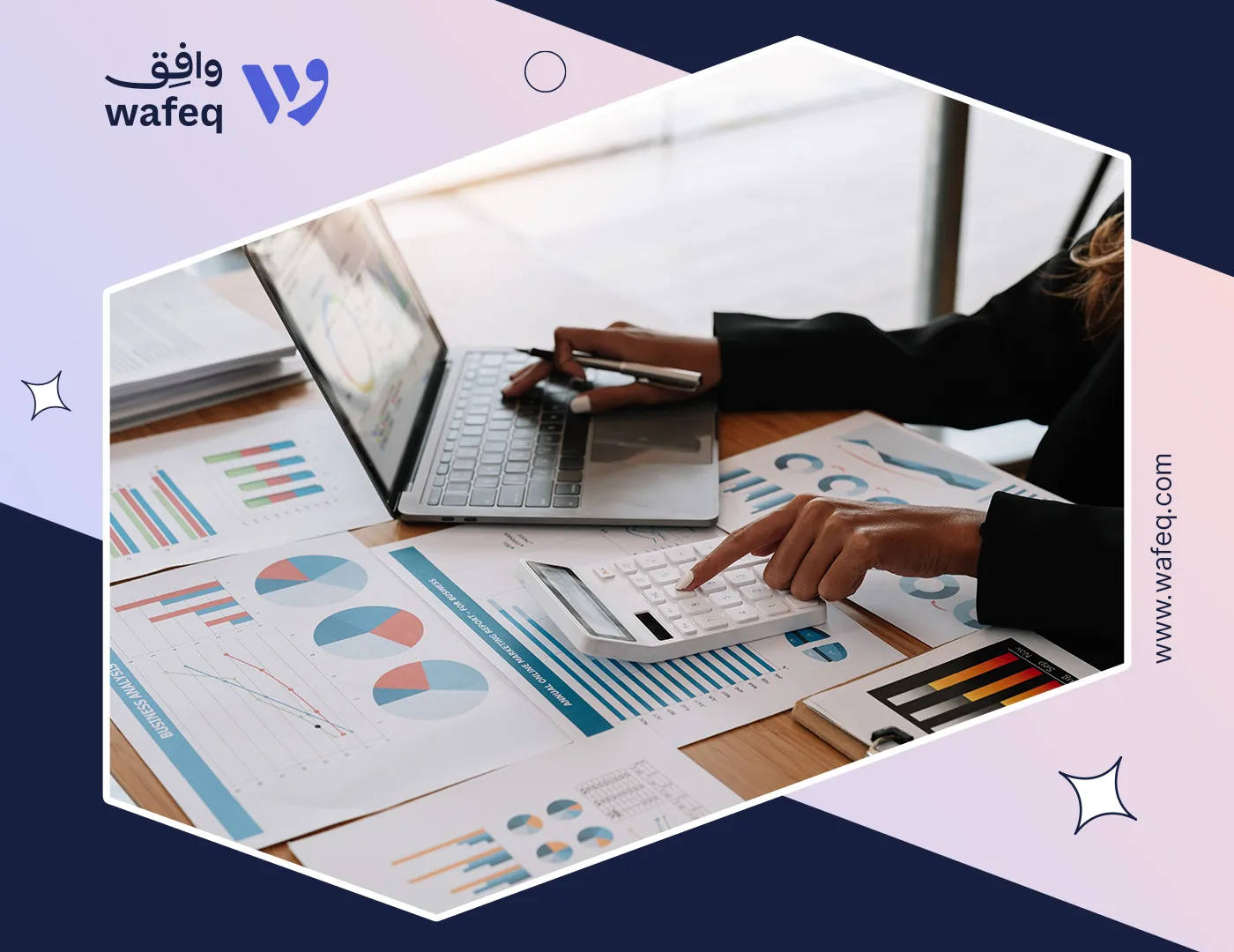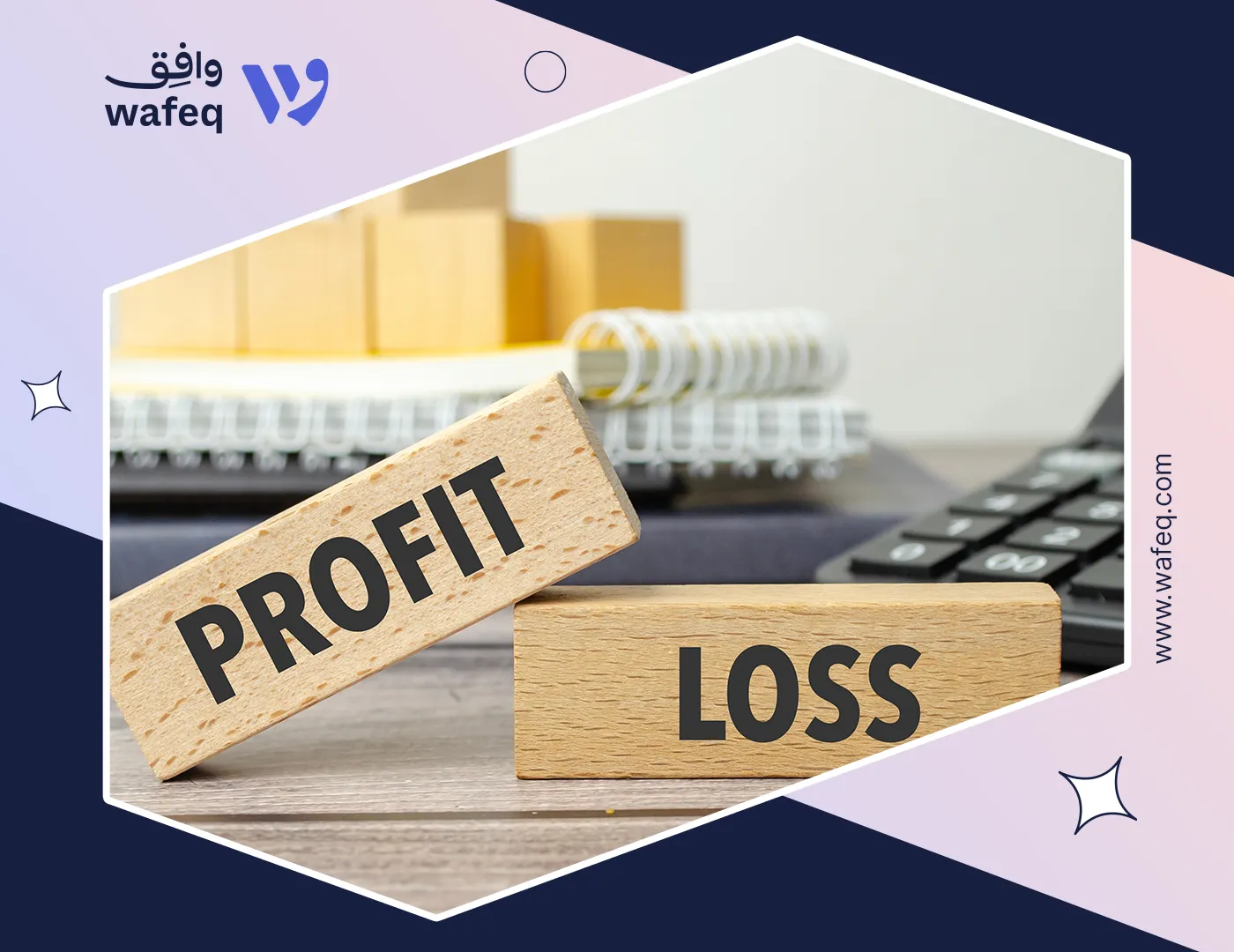Understanding Company Assets On The Balance Sheet

The balance sheet is a financial statement that lists a company's assets, liabilities, and stockholders' (or owners') equity at a certain time point.
You can call the balance sheet a "snapshot" of a company's financial situation at a given time because it only shows how things are at a single moment.
If a balance sheet is dated December 31; the figures shown are the balances in the accounts after all transactions for December 31 have been documented.
What Are Assets?
Assets include various items and real estate that the company owns. They are also sometimes called the company's resources. Abdullah knows this right away. He can think of things like the company's car, its cash in the bank, all the material available, and the dolly to move the heavier packages.
Samy nods and shows Abdullah how to report these things in accounts named Vehicles, Cash, Supplies, and Equipment. Next, he talks about Accounts Receivable, which Abdullah hadn't thought of as an asset, yet it is. For example, if Abdullah delivers packages but doesn't get paid immediately, the amount owed to Wasslak is an asset called Accounts Receivable.
Read also: Overview of Accounting in the Modern World.
Concept Of Prepaid Expenses (Assets)
Samy brings up a less obvious asset: the number of prepaid expenses that haven't yet run out. Wasslak will pay SAR 1,200 on December 1 to cover its delivery vehicle for the next six months. That comes to SAR 200 monthly (SAR 1,200 divided by six months). Between December 1 and December 31, SAR 200 of insurance premium is "used up" or "expires."
The amount that has run out will be listed as Insurance Expenses on the income statement for December. Abdullah asks Samy where the last SAR 1,000 insurance premium that hasn't yet been paid would be reported. Samy tells him that there is an asset account called "Prepaid Insurance" on the balance sheet for December 31.
Stockpiles and annual dues to a trade group are two other things that might need to be paid for before them being used. The part running out during the current accounting period is mentioned as an expense on the income statement, while the part that hasn't run out yet is classified as an asset on the balance sheet.
Samy tells Abdullah that he will soon see an apparent connection between the income statement and the balance sheet. But, for now, Samy keeps talking about assets.
Read Also: Navigating Business Expenses: A Comprehensive Guide for Business Owners and Accountants.
Cost Principle And Conservatism
Abdullah finds out that each of his company's assets is listed on the balance sheet at its original cost. So even if an item's fair market value goes up, an accountant won't change the amount listed on the balance sheet. The above nicely illustrates the cost principle, another basic accounting principle.
Accountants don't usually raise an asset's value, but a concept called "conservatism" could cause them to lower it. For example, after Abdullah has been in business for a few months, he may consider that he can help some customers and make more money by stocking packaging boxes to sell.
Let's assume that Wasslak bought 100 boxes in bulk from a store for SAR 1 each. Since the day Abdullah bought them, the wholesale price of boxes has gone down by 40%, so he could buy each one today for SAR 0.60.
Suppose his inventory's net realizable value is less than its original cost. In that case, the principle of conservatism tells the accountant to put the lower amount on the balance sheet as the asset's value.
In short, the cost principle says that assets shouldn't be reported at more than what they cost. Conservatism could also mean that the balance sheet should report assets at less than what they cost.
Mastering the Art of Budgeting: A Comprehensive Guide for Businesses.
Depreciation Of Assets
Abdullah also has to be aware that the amounts listed on his balance sheet for assets like equipment, vehicles, and buildings are usually less than what is listed because of depreciation. The basic accounting principle, called the matching principle, also requires depreciation, as it is used for assets that don't last forever.
For example, equipment wears out, vehicles get too old and expensive to maintain, buildings get old, and some assets (like computer systems) become redundant. Depreciation is how the cost of an asset is spread out over its useful life on the income statement as Depreciation Expense.
Read more about Depreciation in our detailed article here.
Let's say that Wasslak's van has a five-year useful life and costs SAR 20,000. The accountant could match SAR 4,000 of the Depreciation Expense (SAR 20,000 divided by five years) with each year's income for five years. This way, the van will be able to carry SAR 4,000 less value every year.
The above means that the carrying amount of the delivery van will be SAR 16,000 on the balance sheet after year one, SAR 12,000 after year two, and so on. After five years, the expected end of the van's useful life, it will no longer carry any accounting value.
Abdullah wants to make sure he understands what Samy is saying about the assets on the balance sheet, so he asks Samy if they show how much the company's assets are worth. He is amazed to hear Samy say that the value of the assets is not shown on the balance sheet. This is because long-term assets, like buildings, equipment, and furniture, are reported at their cost minus the Depreciation Expense amount that has already been transferred to the income statement.
So, even if a building's market value has risen since it was bought, the amount on the balance sheet has been steadily decreasing because the accountant moved some of the cost of the building to the Depreciation Expense on the income statement to meet the matching principle.
On the other hand, since short-term assets tend to "turn over" in short periods, their balance sheet values are probably close to their actual worth.
Samy warns Abdullah that the balance sheet only shows the acquired assets and how much they cost, meaning that even if a company has a great reputation and thus high brand value, it won't be listed as an asset. In the end, Samy convinces Abdullah that he just learned useful information about how to read a balance sheet, which can help him a lot in running his business.
Use Wafeq - an accounting system to keep track of debits and credits, manage your inventory, payroll, and more.
Use Wafeq - an accounting system to keep track of debits and credits, manage your inventory, payroll, and more.




.png?alt=media)









